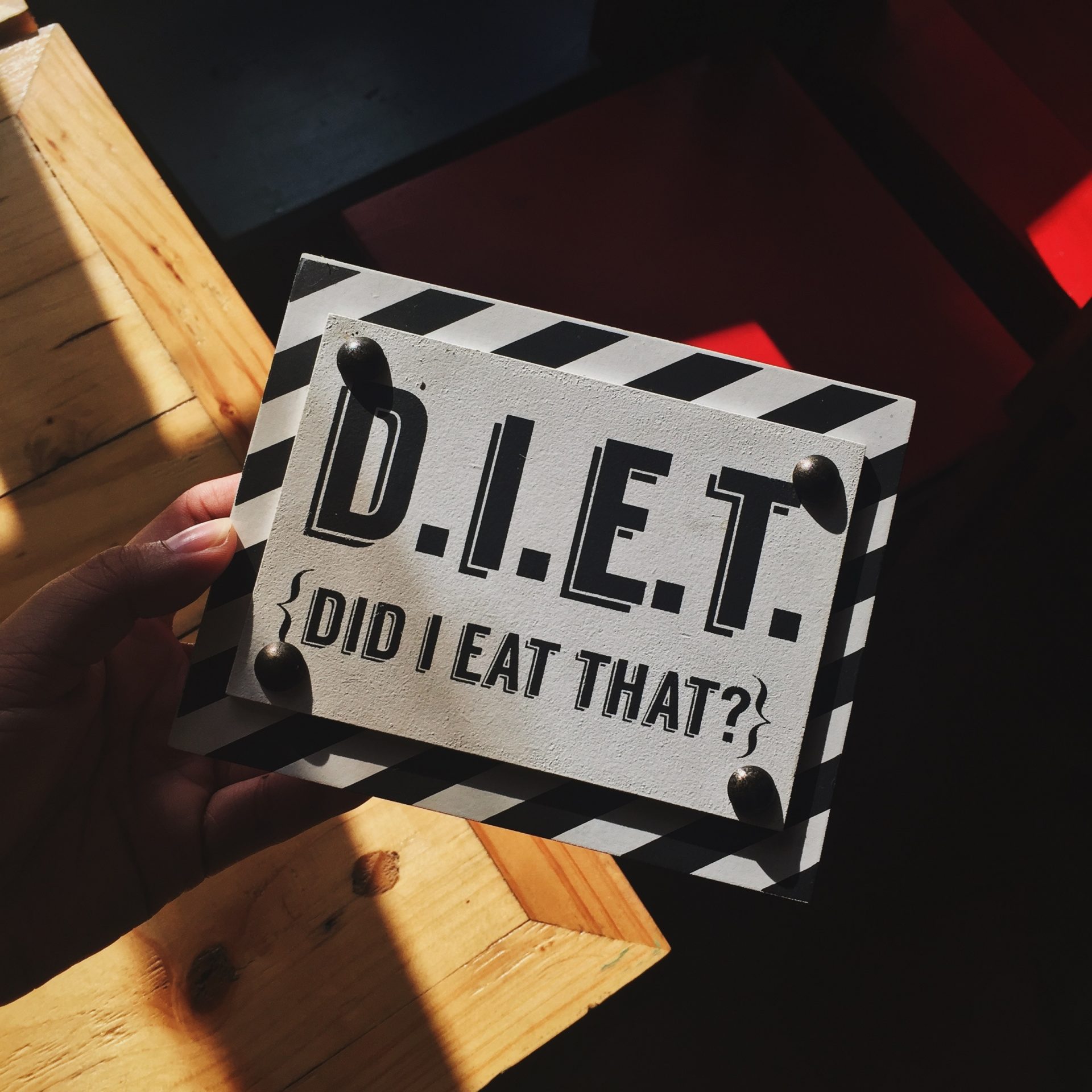In our endless efforts to improve our health and outward appearances, the word ‘diet’ has likely been discussed several times over. But the word that used to be coined as “staying away from certain foods for the sake of losing weight” now has a much different meaning. Thanks to the expanding bubble of being health conscious, people have finally come to understand that a diet is a lifestyle, and not just a temporary fix. It’s the choices we make on a regular basis that will ultimately make the difference, and diets should be approached with that same mindset. We take a look at several popular diets below. Each has a brief explanation of what each diet is, how it came to be, and what foods to eat or avoid if you decide to try it out.
Vegetarian
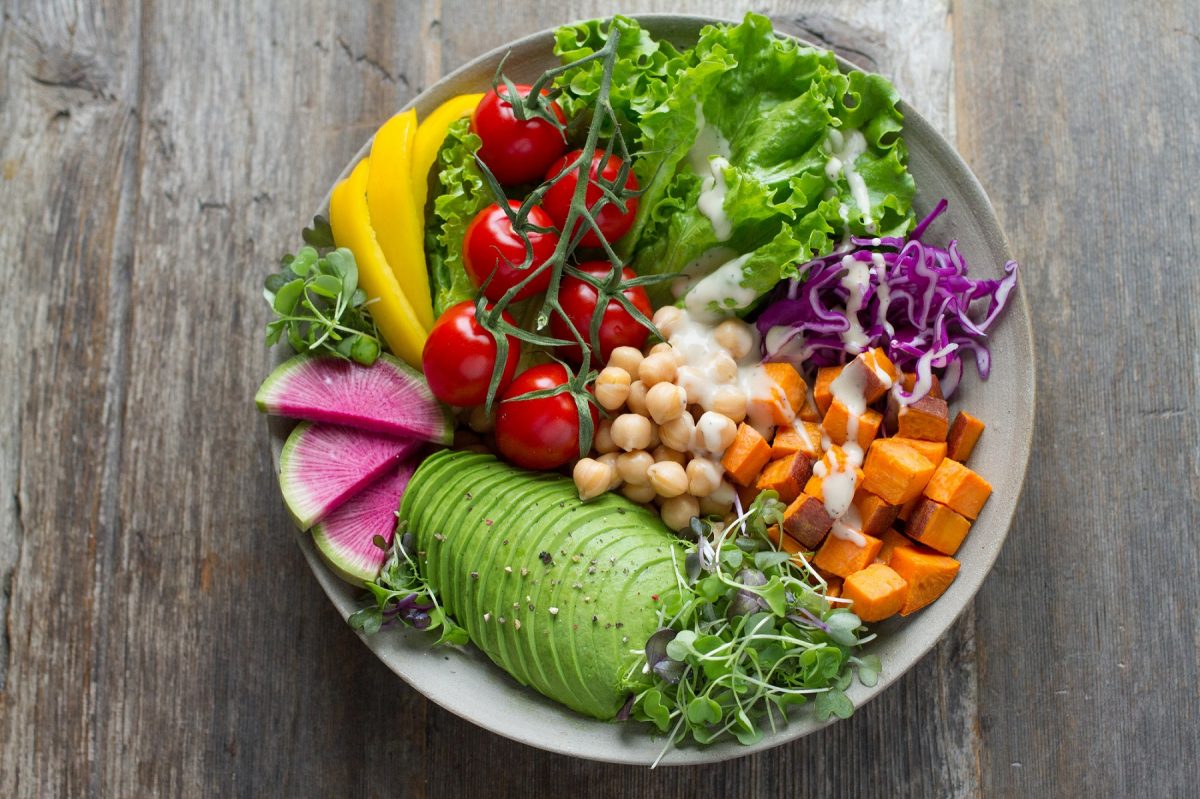
While many practice vegetarianism in line with religion or as a stand against animal cruelty, this diet is also frequently picked up to improve one’s health. As the name suggests, vegetarians don’t eat meat. Dairy and eggs are usually acceptable, but ‘stricter’ vegetarians refrain from them. As a general rule of thumb, this diet requires those who practice it to stay away from any form of meat, fish, or seafood.
We found an interesting article on the pros and cons one woman experienced as she experimented between going vegetarian, vegan, and pescatarian – read it here. She talks about the challenges faced when sourcing for food, dealing with friends and relatives, as well as how she morally felt about her food choices.
Vegan

The vegan diet is plant-based. This means abstaining from any food that comes from animals, including dairy products or eggs. Because of the exclusion, vegans need to plan their meals carefully to ensure they’re getting enough essential nutrients that might otherwise be obtained from animal products. Take calcium from milk, for instance. Some vegan alternatives include fortified, unsweetened soya, rice, and oat drinks; calcium-set tofu, sesame seeds and tahini; or dried fruit like raisins and apricots.
See some really informative tips for regular vegans, vegan mom-to-bes, and even how to raise children in a vegan lifestyle here.
Pescatarian
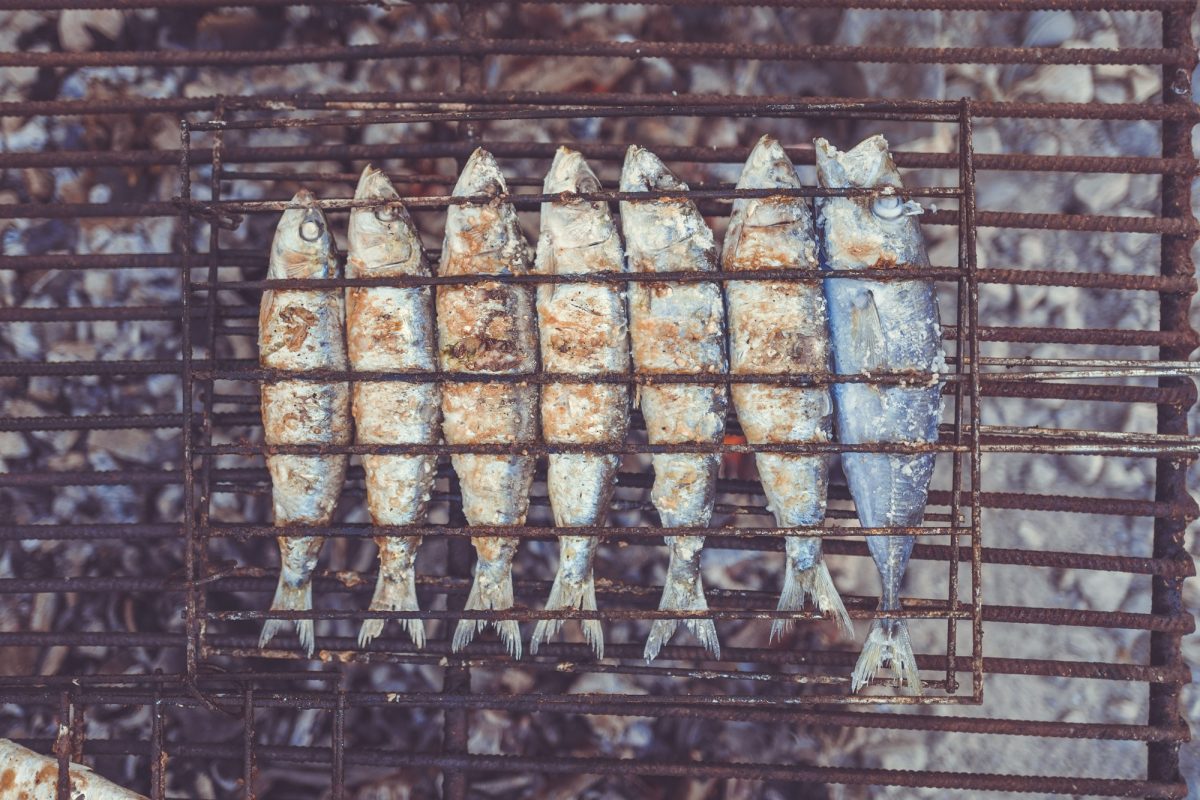
Pescetarianism is the practice of following a diet where one doesn’t eat meat, however having fish or seafood is acceptable. People choose this lifestyle for several reasons – as a transition to becoming a vegetarian, as ethical pescetarianism (for nutrients that plants are not able to provide), and due to inefficiency of other meat sources (non-free-range animals require being fed with specific grains grown just for that purpose). A big rationale is also the ethical aspect by way of assuming that fish and other seafood may not associate pain and fear as complex as other mammals do.
Pescatarians can consume the same kinds of food as vegetarians, with the addition of fish and seafood. Naturally, they do not eat meat. See if the pescatarian diet is for you here.
Keto
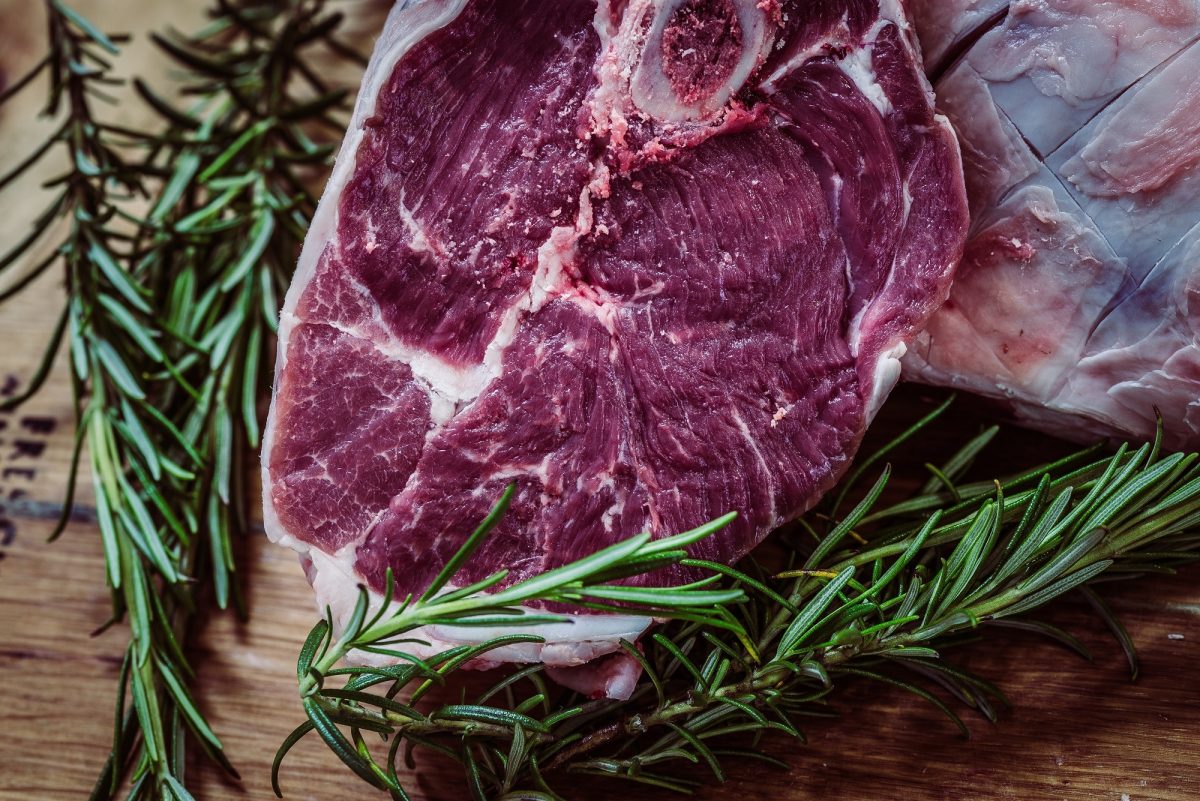 Image credit: Jez Timms
Image credit: Jez Timms
The ketogenic diet, or keto for short, is a low-carb, high-fat diet. It is founded on the basis of encouraging the body to go into ketosis and burn more fat, making this diet a popular choice for those who want to lose weight faster.
Some examples of food to eat while following this lifestyle include meat, fatty fish, eggs, nuts and seeds, avocados, low-carb vegetables, unprocessed cheese, and butter and cream (grass-fed if possible). To maintain the state of ketosis, avoid sugary foods, grains or starches, fruit, beans or legumes, unhealthy fats, alcohol, and sugar-free diet foods. Find out more about the keto diet here.
Mediterranean
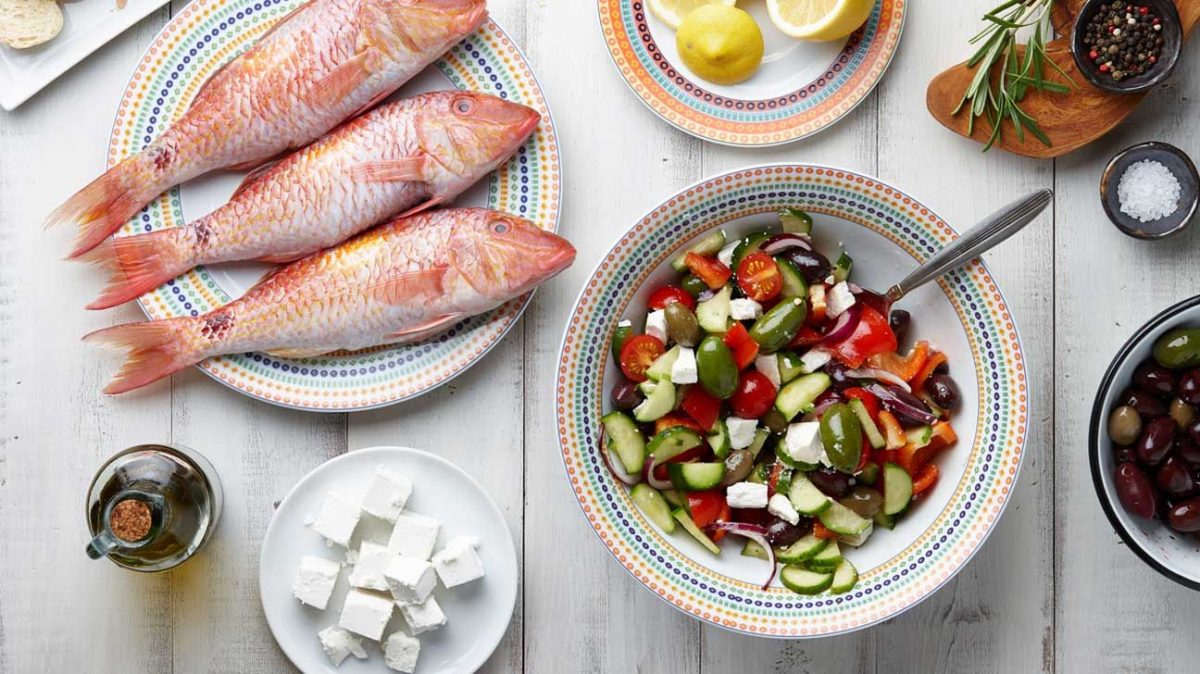
The Mediterranean diet takes components from the traditional healthy living habits of people in countries bordering the Mediterranean Sea – like France, Greece, Italy, and Spain. As it varies by country and region, there is a range of definitions. Generally however, the Mediterranean diet consists of a high intake of vegetables, fruits, legumes, nuts, beans, cereals, grains, fish, and unsaturated fats like olive oil. On the other hand, meat and dairy foods are consumed in small amounts. This diet has been linked with good overall health, but particularly for the heart.
More on the Mediterranean diet here.
Paleo
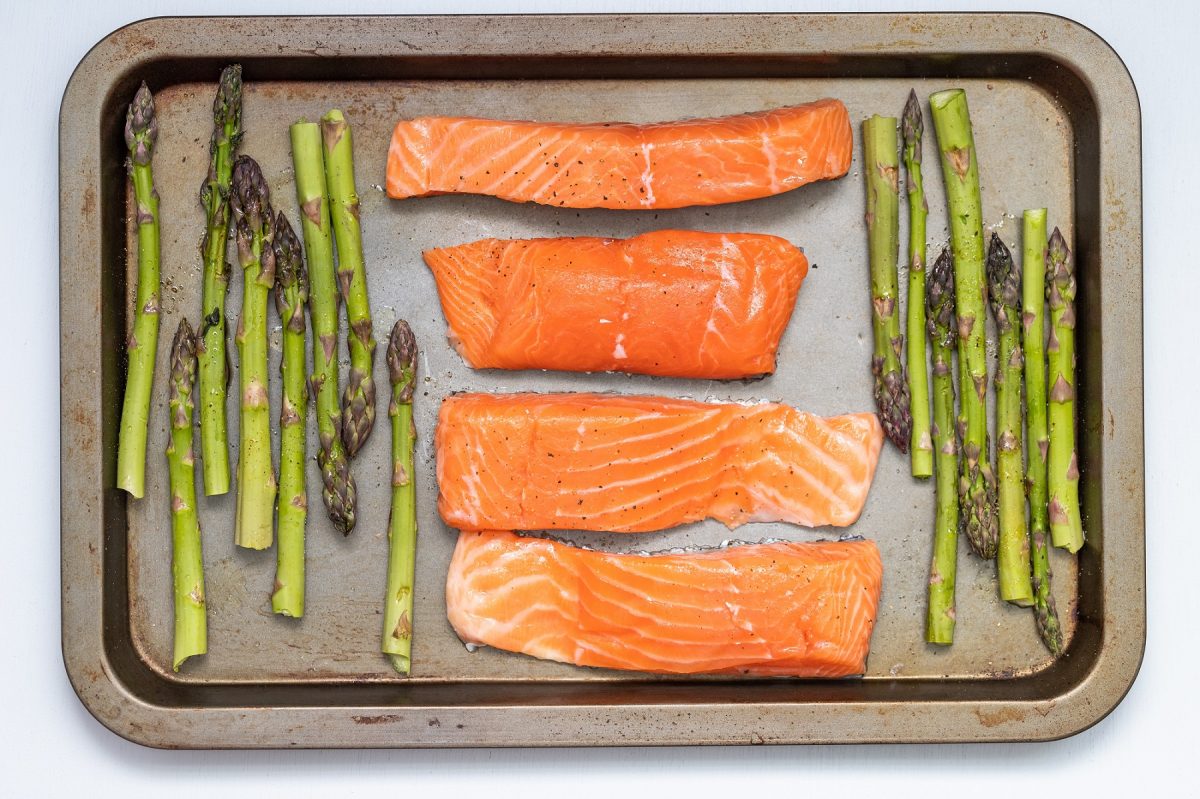
It’s long name is the paleolithic diet, as in caveman era. The idea is that modern food is making us fat and unhealthy, so going back to a diet of what our ancestors used to eat should help. Ideally, one should only eat food that is foragable, or can be hunted.
Some typical items are lean cuts of beef, pork, or poultry (preferably grass-fed); eggs (but no more than six a week, and free-range where possible), fish, fruit, nuts and seeds, non-starchy vegetables like asparagus, onions, peppers, and pumpkins; and oils like olive, flaxseed, or walnut oil; in consideration. On the flipside, paleo diet practitioners should avoid food items that would not have been available during the caveman era. These include dairy, cereal grains, legumes, starchy vegetables like potatoes, artificial sweeteners, as well as processed and cured deli meats. Read more about the paleo diet here.
Gluten-free
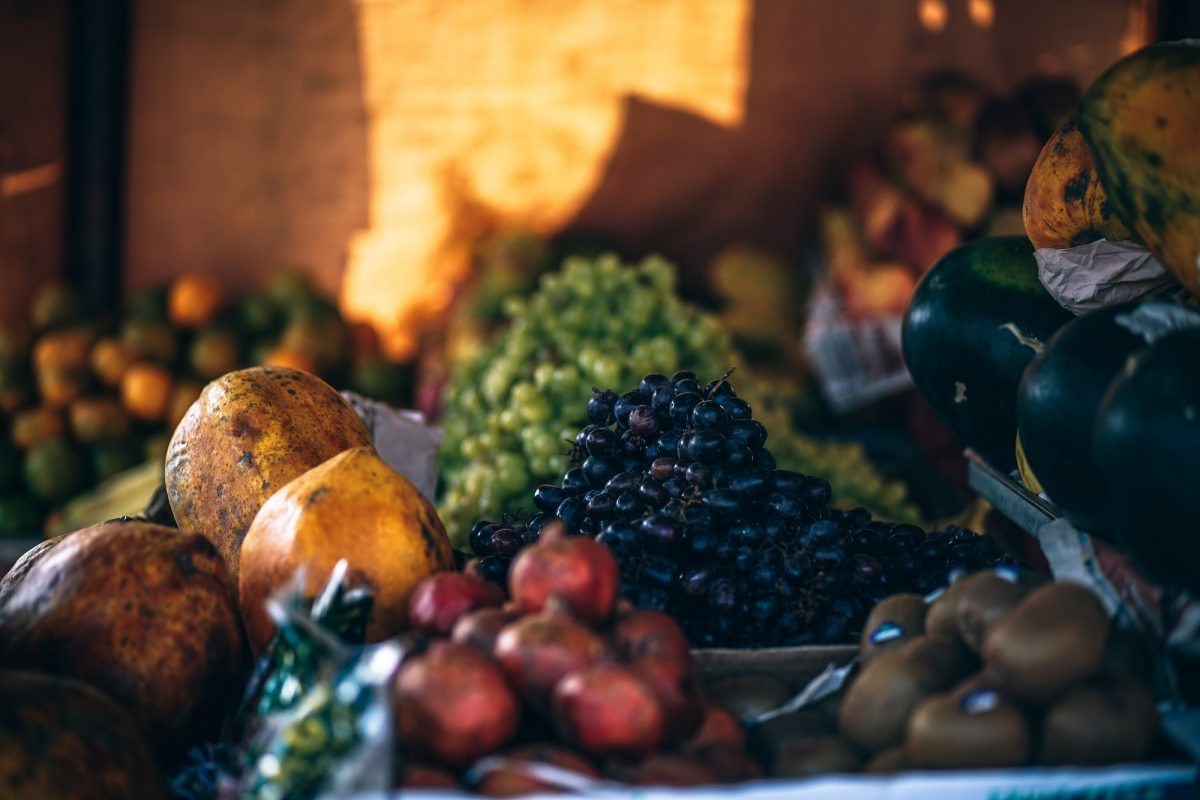
The gluten-free diet is practiced for several reasons. This diet came about as a response to the celiac disease (an autoimmune disease where gluten triggers immune system activity that damages the lining of the small intestine), wheat allergy, gluten ataxia, or non-celiac gluten sensitivity.
Foods that are allowed in this diet include fruits and vegetables, natural and unprocessed nuts, beans, and seeds; eggs, lean and non-processed meats, soy, quinoa, cornmeal, tapioca, and rice, among others. Things to avoid on the other hand are wheat, barley, rye, oats (in some cases), and triticale (a cross between wheat and rye). Get some gluten-free advice here.
Atkins

Popularised by celebrities like Kim Kardashian, Alyssa Milano, and Sharon Osbourne, the Atkins Diet has been around for awhile now. Some people call it the original keto diet, since it also runs on a low-carb intake principle. Discovering your body’s carbohydrate intake sweet spot and understanding that not all carbs are created equal, is what the diet is all about. There are four phases in this plan.
What to eat or avoid changes based on the phase you’re currently in. Generally, foods that are nutrient-dense and have adequate protein like high-fiber vegetables, low glycemic fruits, and healthy fats, are the base of this lifestyle. Naturally, Atkins Diet observers stay away from carbohydrates, sugar, trans-fats, high-carb fruits, starches, and legumes. Find out more about this diet here.
Raw food
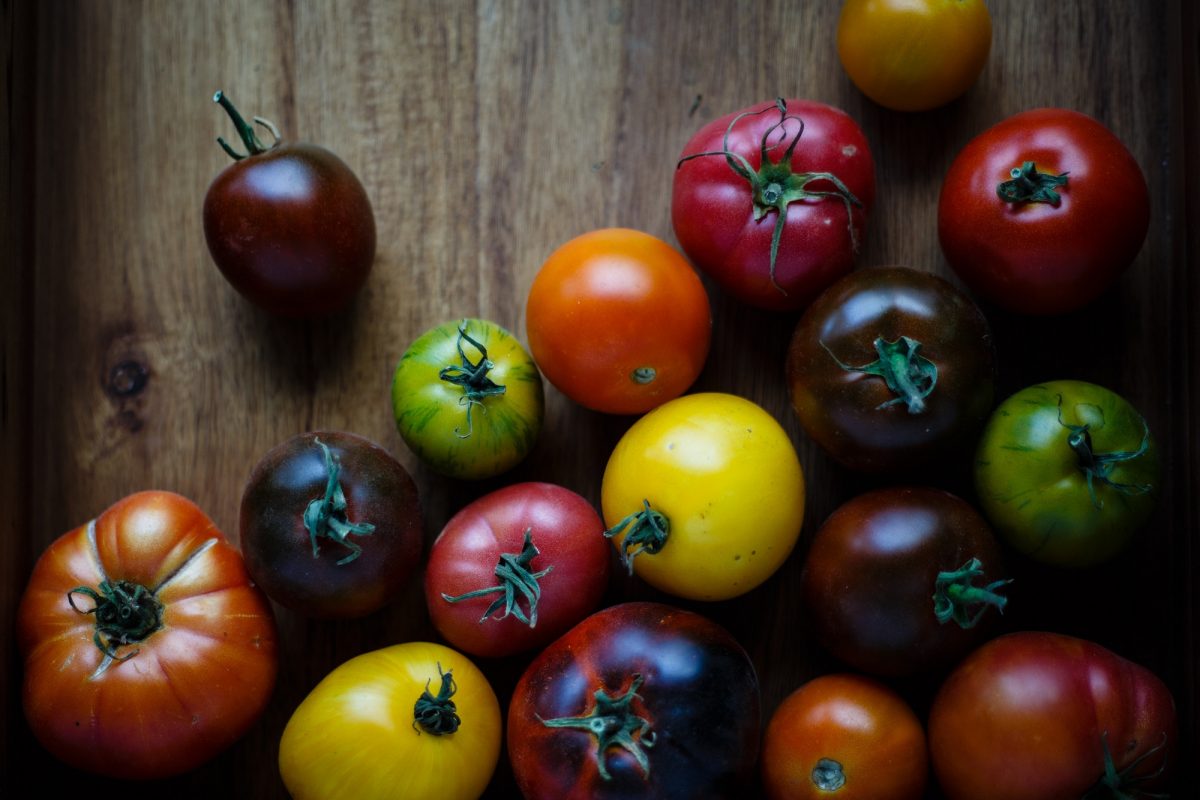
The raw food diet is as its name suggests. Technically defined as a diet of foods that are not cooked or heated above 115 to 118 degrees Fahrenheit, the movement is based on the belief that overheating or cooking ingredients will reduce their nutritional content. This diet generally includes fruits, vegetables, nuts, seeds, and sprouted or soaked grains and legumes. Most raw foodists are vegans, however some do consume raw fish, meat, and dairy.
Read about the raw food diet here.
Intermittent fasting

Intermittent fasting is an eating pattern that revolves around periods of eating and fasting. This practice doesn’t limit any particular food types, but rather when to eat. There are many fasting periods and patterns to try depending on your current health and goal. Some are 12 to 16 hour fasts each day, while others can be a 24 hours fast, twice a week. As with all diets or eating plans, it is best to consult a registered dietician or nutritionist for a safe experience.
See if intermittent fasting could be for you here.
"ExpatGo welcomes and encourages comments, input, and divergent opinions. However, we kindly request that you use suitable language in your comments, and refrain from any sort of personal attack, hate speech, or disparaging rhetoric. Comments not in line with this are subject to removal from the site. "

